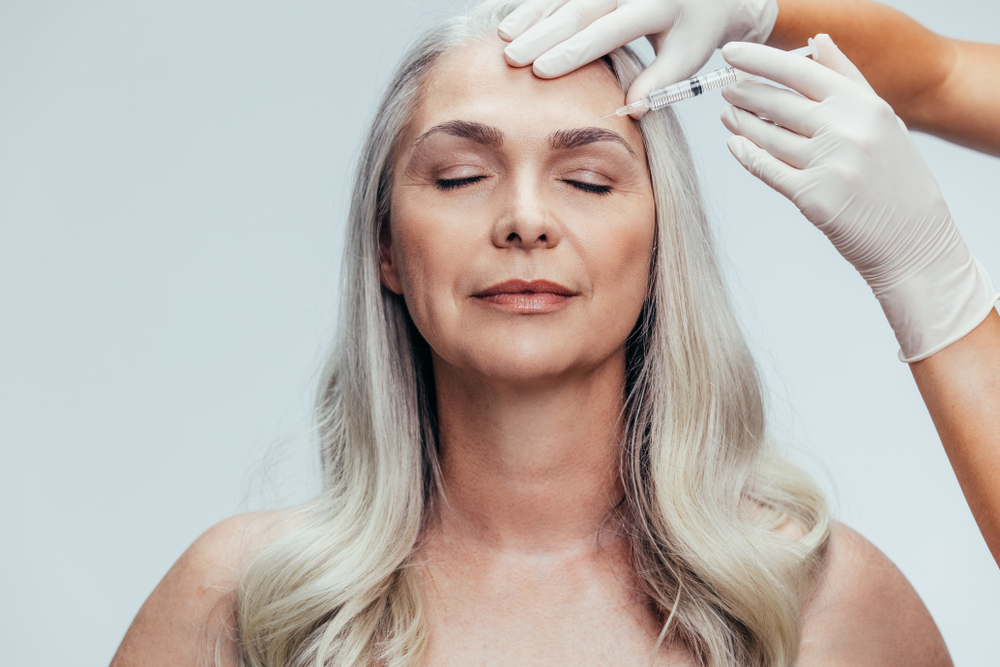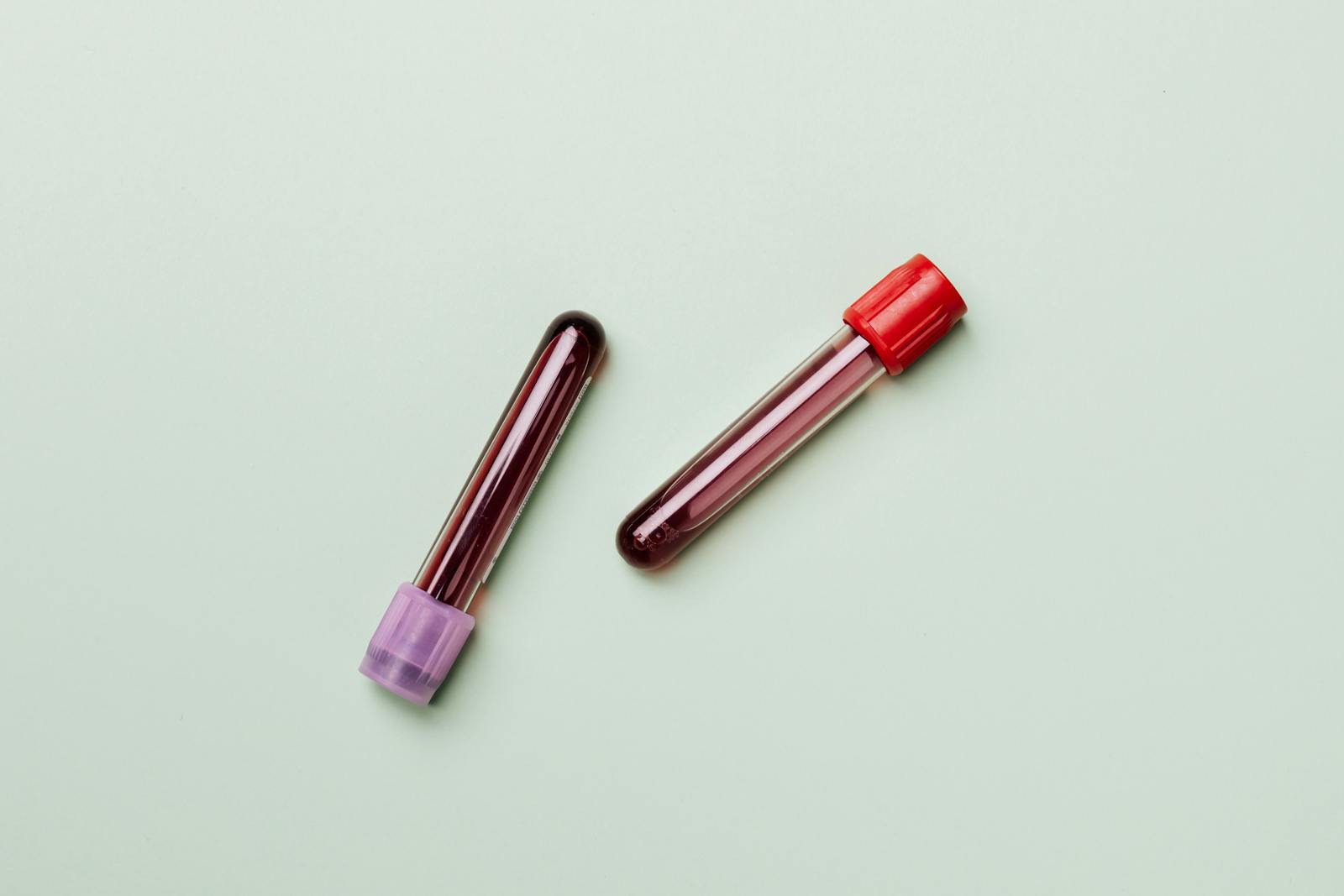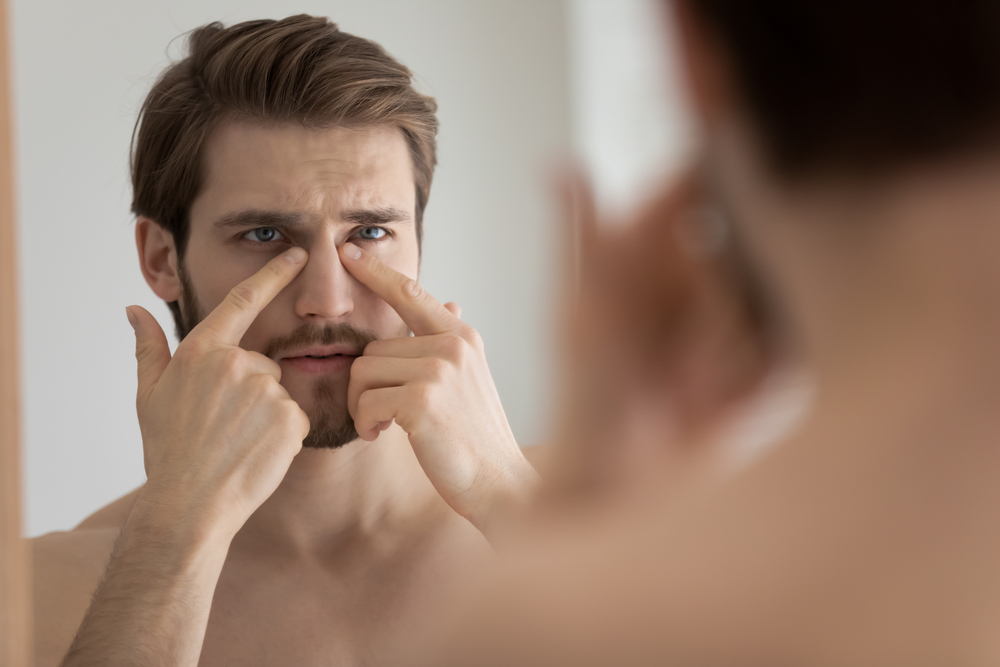 Faulty breast implants widely known as PIP (Poly Implant Prosthese) were back in the news recently, with the release of a new report that found that women who have the faulty implants are not at higher risk of cancer.
Faulty breast implants widely known as PIP (Poly Implant Prosthese) were back in the news recently, with the release of a new report that found that women who have the faulty implants are not at higher risk of cancer.
Breast implants are liable to split (rupture). Concerns had been raised that PIP implants, which contain industrial silicone rather than medical-grade fillers, would expose women to potentially toxic elements if they ruptured. It was believed that this could then lead to cancer.
However, a new European Commision scientific report suggests that ruptured PIP implants do not cancer. The report also found that there is no convincing evidence to justify routinely removing intact PIP implants. However, it says concerns about the high rupture rates associated with PIP implants means women who have these implants should be regularly examined by a doctor.
About 47,000 British women in the UK are thought to have the implants. PIP is a type of silicone implant made by a French company. Investigations by French authorities found they contained industrial silicone rather than medical grade fillers unauthorised for use in breast implants, rather than medical grade fillers. Marketing, distribution and use of the implants was suspended in March 2010.
Tests also indicated that PIP implants had a higher probability of rupturing or leaking silicone than other implants.Concerns were raised after a womea known to have PIP implants died of a rare form of cancer called anaplastic large cell lymphoma (ALCL). After reviewing the available evidence, an expert committee stated that this was just a tragic coincidence and was not directly caused by the implants.
In the UK, an expert committee concluded that there was not enough evidence to recommend the early removal of PIP implants.
How did experts conclude there was no link between cancer and PIP implants?
The new report has been produced by the European Commission’s Scientific Committee on Emerging and Newly Identified Health Risks (SCENIHR). It is an update of a previous report by SCENIHR in February 2012 on the same subject, taking in new evidence.
The report is called a “Preliminary Opinion” and presents the views of independent scientists rather than the European Commission. The report is now out for consultation, which will run until December 13 2013, with interested parties invited to provide comments online.
What evidence did the report look at?
The SCENIHR experts looked at a number of different sources of evidence, including:
- A review of the scientific literature on breast implants, particularly focused on papers published since 2012 when the previous opinion was published. 2,597 articles were found on silicone breast implants generally and 948 on PIP implants.
- Detailed assessments of the health implications of PIP implants produced by individual member states and other countries, in particular by the UK, France, Australia, Spain and Sweden. Much of this work is not yet published but the committee felt it important to examine.
- Information about rupture and leakage of PIP implants, gathered by the International Conference for Plastic Reconstructive and Aesthetic Surgery (IPRAS).
- Responses from plastic surgeons to a questionnaire devised by the committee and sent out in 2012, primarily to identify any differences in adverse effects between patients with PIP implants and those with other breast implants.
What did the SCENIHR find?
The SCENIHR found that PIP silicone gel-filled breast implants are reported to have a higher rate of rupture than other silicone breast implants, and ruptures tend to occur earlier in the implant life than is the case with other implants. These reports indicate that the shell/patch of a number of batches of PIP implants is of inferior quality, which may reflect variations in the manufacturing process.
The risk of PIP implants rupturing increases with time, the SCENIHR found. Quantifying the actual increase in failure rate is problematic, says the report, because the failure rates of non-PIP implants are not well documented. Estimates of rupture rates after 10 years for PIP implants are 25-30% compared to 2-15% with other types.
Since the previous SCENIHR opinion on PIP breast implants, several chemicals called cyclic siloxanes (known as D4, D5 and D6) have been identified in PIP devices at higher concentrations than in other silicone breast implants. This has led to investigations of their possible toxicological consequences, if a PIP ruptures or leaks.
These chemicals are commonly present in the bodies of women even without breast implants, as a consequence of the widespread use of siloxanes in many domestic products. Cyclic siloxanes D4, D5 and D6 are non-toxic and not irritant in standard tests.
In some cases, implant gel-bleed or rupture has been associated with an inflammatory reaction either locally or in regional lymph nodes. In other cases, ruptures were free of symptoms.
Neither implant rupture, nor local inflammation, has been found to be associated with breast cancer or ALCL (anaplastic large cell lymphoma), the SCENIHR says.
While there are differences in rupture rates, there is no reliable evidence that ruptured PIP implants create a greater health risk than a ruptured silicone breast implant from another manufacturer. However, ruptured implants should be removed, says the SCENIHR.
The SCENIHR still recommends that women with PIP breast implants should have regular clinical examinations, and where deemed appropriate, individual counselling and breast imaging with ultrasound or MRI. However, it says that there is currently no convincing medical, toxicological or other data to justify routine removal of intact PIP implants as a precautionary approach. Implant removal may be considered for women who are anxious about their PIP breast implant, the SCENIHR says.
Conclusion
The European Commission report should be reassuring for women with PIP implants – after painstaking and detailed research it would seem that the risk to long-term health of PIP implants are minimal.
The scandal over the manufacturing of the faulty implants highlights the importance of choosing a reputable cosmetic surgeon, as it is believed that many women in the UK received PIP implants from “cut-price” surgeons overseas.












